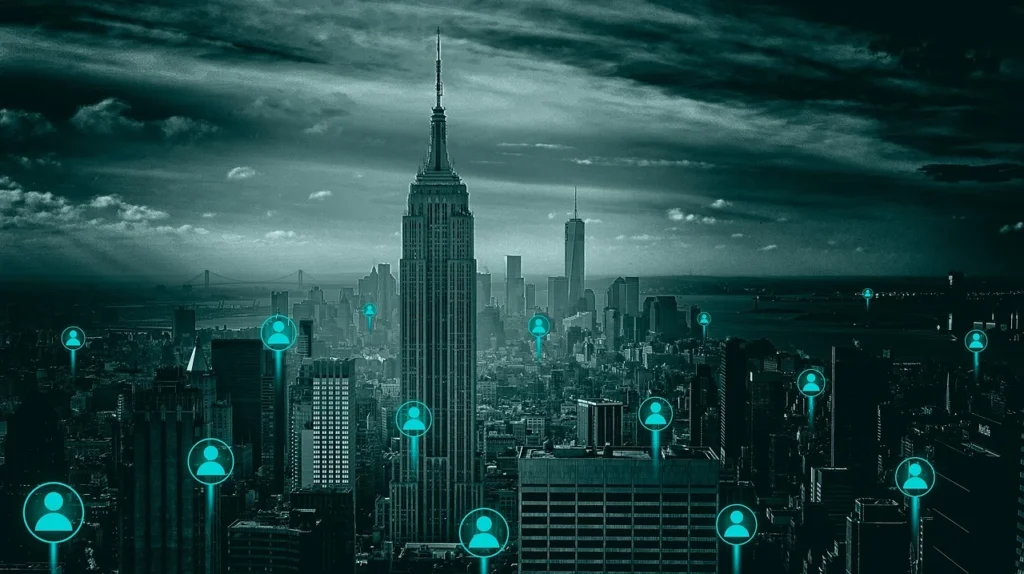In an era where urbanization is accelerating at an unprecedented pace, the concept of “Smart Cities” emerges as a beacon of hope for sustainable urban living. Smart Cities leverage cutting-edge technology to enhance the quality of life for their residents while promoting environmental sustainability. By integrating Internet of Things (IoT) devices, big data analytics, and artificial intelligence, these urban landscapes are transforming into interconnected ecosystems that prioritize efficiency, safety, and convenience.
As we delve deeper into the realm of Smart Cities, this article will explore the various technological innovations that are revolutionizing urban environments. From smart transportation systems that reduce traffic congestion to energy-efficient buildings that minimize carbon footprints, the advancements are both exciting and essential for future urban planning. You will also learn about the role of citizen engagement in shaping these smart initiatives, ensuring that the needs and voices of the community are at the forefront of development.
Moreover, we will discuss the challenges and opportunities that come with implementing smart technologies in urban settings. As cities strive to become more intelligent, understanding the balance between technology and human experience is crucial. Join us on this journey to uncover how technology is not just creating smart cities, but also fostering a new way of living that is more connected, sustainable, and resilient. Read on to discover the future of urban living!
The Role of IoT in Smart Cities
The Internet of Things (IoT) is a cornerstone of smart city development. By connecting various devices and sensors, cities can gather real-time data to improve urban living. This technology enables efficient resource management, such as monitoring traffic patterns, energy consumption, and waste management. For instance, smart traffic lights can adjust their timing based on real-time traffic flow, reducing congestion and improving air quality.
Moreover, IoT devices can enhance public safety by providing real-time surveillance and emergency response systems. Smart sensors can detect unusual activities or environmental hazards, allowing authorities to respond swiftly. As cities continue to adopt IoT solutions, the potential for creating safer, more efficient urban environments grows exponentially.
Sustainable Urban Development
Sustainability is a critical focus for smart cities, as urban areas face increasing pressure from population growth and climate change. Technology plays a vital role in promoting sustainable practices, such as smart grids that optimize energy use and reduce carbon footprints. By integrating renewable energy sources, cities can create a more resilient energy infrastructure.
Additionally, smart water management systems can monitor usage and detect leaks, conserving precious resources. Urban planners are also leveraging technology to design green spaces and promote biodiversity, ensuring that cities remain livable and environmentally friendly. The combination of technology and sustainability is essential for the future of urban living.
Smart Transportation Solutions
Transportation is a significant challenge in urban areas, and smart cities are leveraging technology to create innovative solutions. From ride-sharing apps to autonomous vehicles, the transportation landscape is rapidly evolving. Smart public transit systems utilize real-time data to optimize routes and schedules, improving efficiency and user experience.
Furthermore, the integration of electric vehicle (EV) charging stations and bike-sharing programs encourages sustainable transportation options. By reducing reliance on fossil fuels and promoting alternative modes of transport, smart cities can alleviate traffic congestion and lower emissions, contributing to a healthier urban environment.
Enhancing Public Safety with Technology
Public safety is a top priority for urban planners, and technology is transforming how cities approach this issue. Smart surveillance systems equipped with AI can analyze video feeds to detect suspicious behavior, allowing law enforcement to respond proactively. Additionally, emergency response systems can utilize data analytics to improve response times and resource allocation during crises.
Community engagement platforms also play a role in enhancing public safety. By allowing citizens to report issues or concerns through mobile apps, cities can foster a collaborative approach to safety. This integration of technology not only improves security but also builds trust between communities and law enforcement.
Smart Waste Management Systems
Waste management is a critical aspect of urban sustainability, and smart cities are adopting innovative solutions to tackle this challenge. Smart bins equipped with sensors can monitor waste levels and optimize collection routes, reducing operational costs and environmental impact. This data-driven approach ensures that waste is collected efficiently, minimizing overflow and littering.
Moreover, cities are implementing recycling programs supported by technology, such as apps that educate residents on proper waste disposal. By promoting recycling and composting, smart cities can significantly reduce landfill waste and promote a circular economy, where resources are reused and repurposed.
The Impact of Big Data on Urban Planning
Big data analytics is revolutionizing urban planning by providing insights into population trends, resource usage, and infrastructure needs. By analyzing vast amounts of data, city planners can make informed decisions that enhance the quality of life for residents. For example, data can reveal patterns in housing demand, allowing for targeted development projects that meet community needs.
Additionally, big data can help identify areas for improvement in public services, such as healthcare and education. By understanding the specific needs of different neighborhoods, cities can allocate resources more effectively and ensure equitable access to services. The integration of big data into urban planning is essential for creating responsive and adaptive cities.
Citizen Engagement and Smart Governance
Smart cities prioritize citizen engagement through technology, fostering a sense of community and participation in governance. Digital platforms allow residents to voice their opinions, report issues, and engage in decision-making processes. This transparency builds trust between citizens and local governments, leading to more effective governance.
Moreover, smart governance initiatives can streamline administrative processes, making it easier for residents to access services and information. By leveraging technology to enhance communication and collaboration, cities can create a more inclusive environment where all voices are heard and valued.
The Future of Smart Cities: Challenges and Opportunities
While the potential of smart cities is immense, there are challenges that must be addressed. Issues such as data privacy, cybersecurity, and the digital divide pose significant hurdles to the successful implementation of smart technologies. Ensuring that all residents have access to the benefits of smart city initiatives is crucial for fostering equity and inclusion.
However, these challenges also present opportunities for innovation and collaboration. By engaging stakeholders from various sectors, cities can develop comprehensive strategies that address these concerns while maximizing the benefits of technology. The future of smart cities lies in their ability to adapt and evolve, creating urban environments that are not only technologically advanced but also sustainable and inclusive.
| Aspect | Description |
|---|---|
| Definition | Smart cities utilize digital technology to enhance performance, efficiency, and quality of life in urban areas. |
| Key Technologies | Internet of Things (IoT), Big Data, Artificial Intelligence (AI), and Cloud Computing are pivotal in smart city development. |
| Benefits | Improved public services, reduced energy consumption, enhanced transportation systems, and better waste management. |
| Transportation | Smart traffic management systems and connected vehicles reduce congestion and improve public transit efficiency. |
| Energy Management | Smart grids and renewable energy sources optimize energy distribution and consumption, promoting sustainability. |
| Public Safety | Advanced surveillance systems and emergency response technologies enhance urban safety and security. |
| Citizen Engagement | Mobile apps and online platforms facilitate communication between citizens and local governments, fostering community involvement. |
| Challenges | Data privacy concerns, high implementation costs, and the need for robust infrastructure can hinder smart city initiatives. |
| Future Trends | Increased integration of AI, expansion of 5G networks, and a focus on sustainability will shape the future of smart cities. |



